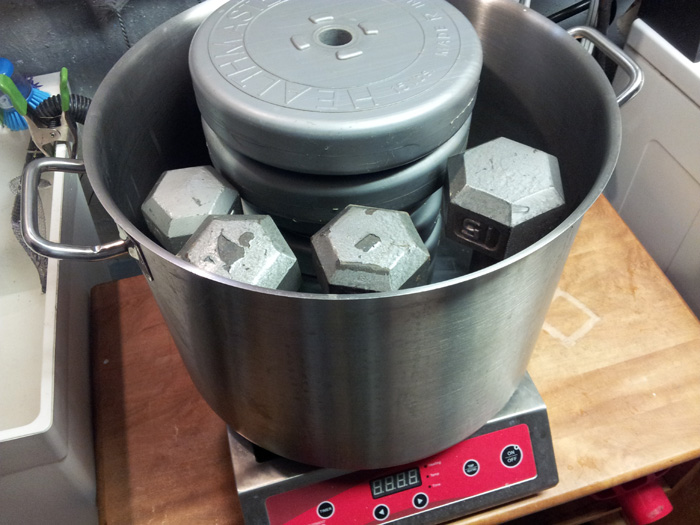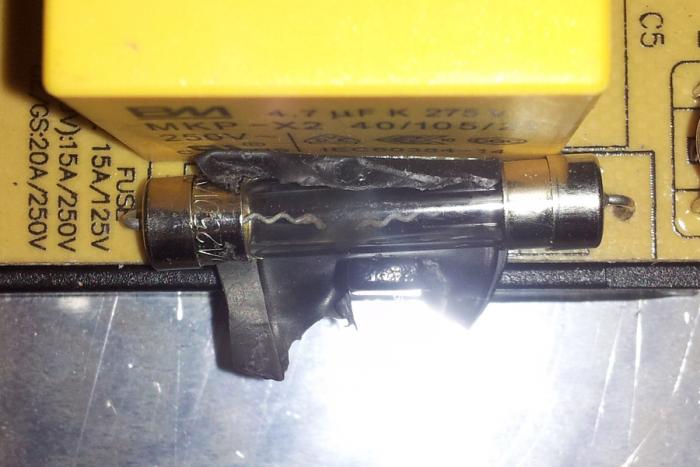I have been active on this thread promoting this induction cooktop, posting photos and videos and answering questions when I can. Though I still love the performance of the unit, I did experience a problem that prevents me from giving it my highest recommendation. I feel I have to share it since my opinion has changed slightly.
I've owned the cooktop just under a year and have made 20 5-gallon batches of beer with it. During my last batch, the unit suddenly shut off just as I reached boiling. I suspected a blown fuse.
The warranty is only 6-months, but I figured since I am not a daily commercial user, they may take this into consideration and provide a replacement or refer me to a local service company and pick up the repair cost. I wrote to the manufacturer (Avantco) and carbon copied WEBstraunt Store, form whom I purchased the product. Avantco could not do anything - they manufacture exclusively for WEBstraunt Store and the warranty is handled through WEBstraunt Store. Bummer.
Though both companies were quick to respond and offered some basic tips, they would not budge on the warranty period. Figuring I was stuck with a dead unit, I ignored the warning not to open the cover (no user-serviceable parts inside) to check things out and see if there is a fuse I could replace myself. There is a 15A 250V fuse soldered to the circuit board with short leads (as shown in photo). Once I tested this with my multimeter and figured it was blown, I peeled the protective coating off to verify.
Hoping the fuse was the only issue and not wanting to go through tedious future replacements, I clipped the fuse leaving the leads as long as possible and soldered some 14 AWG stranded wire onto them - then to a 30A 250V fuse holder. I bought a pack of 15A 250V fuses to have on hand in case this happens again. I will give the maximum setting of 3500W another shot, but 3500W / 240V = 14.58A - very close to the 15A fuse limit. If it blows again, I will just run the cooktop at the 3100W setting in the future. It will still boil, but will take just a bit longer. I did suggest to them that they manufacturer this with a user-replaceable fuse.
So take this for what it's worth. I do like the performance and going induction was the best upgrade I've made to my home brewery. I'm glad the problem was not more serious and I had some very basic electronics experience (and professionals to brain-pick) to fix this myself. The short lifespan and unwillingness to budge on the warranty did sour my impression of the manufacturer and retailer, but I'm glad I'm at least not left with a brick.
Hope this helps, but I suspect if you're like me, it will make the purchase decision even harder. I tend to ignore isolated bad reviews and chance it! All the reviews I could find on this are at WEBstrauntstore.com (basically the private label owner/exclusive distributor), who may just remove the negative ones. I know I have not read anything bad about this unit in my previous research.








